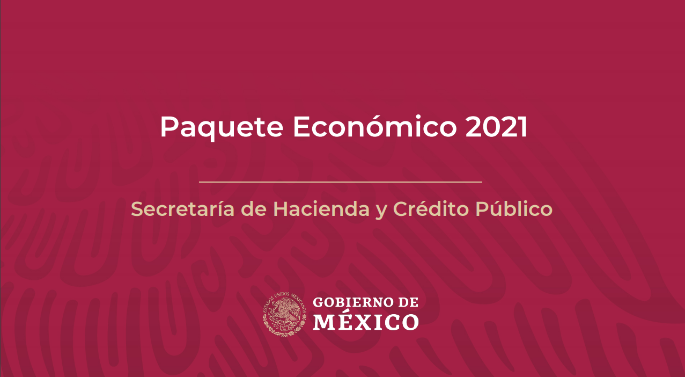Héctor Villarreal, director of the Center for Economic and Budgetary Research (CIEP), explained that the budget is considered inertial because it does not foresee a deep fiscal reform, but rather that it will seek to increase the collection with an administrative reform.
It is estimated that they will reinforce the inspection by sending the signal of minimum effective rates trying to combat evasion, simplify so that the payment of taxes is easier; It will be necessary to be pending if the fiscal miscellany brings something else.
The Economic Package for 2022 that the Ministry of Finance and Public Credit (SHCP) will deliver to Congress next September will be very inertial, in the absence of a tax reform, analysts estimated.
He stressed that the positive part, and it is one of the triumphs of the government, is the policy of no indebtedness. Likewise, he considered that there could be modifications that strengthen public finances and at the same time generate growth.
The IMEF estimates a growth of 2.8 percent for 2022, well below the 6.0 estimated for this year, and foresees that the traditional public balance will present a deficit of 3.0 percent of GDP.
It was added that there are many commitments to social spending that the current government has acquired, but the income scheme is maintained with some rigidity and fiscal stability is maintained at the cost of absurd austerity.
Ernesto O’Farril, president of Bursamétrica, said that from his point of view the economic package of 2022 will not be inertial, because it is expected to seek growth close to 4 percent, through the promotion of development banks, in addition to it would contain important spending reallocations in priority sectors such as health, education, security and social spending.
What we can expect from the 2022 economic package is an Expenditure Budget of 7 trillion pesos, while revenues would add 6.4 trillion, where the differential would be financed with debt.



